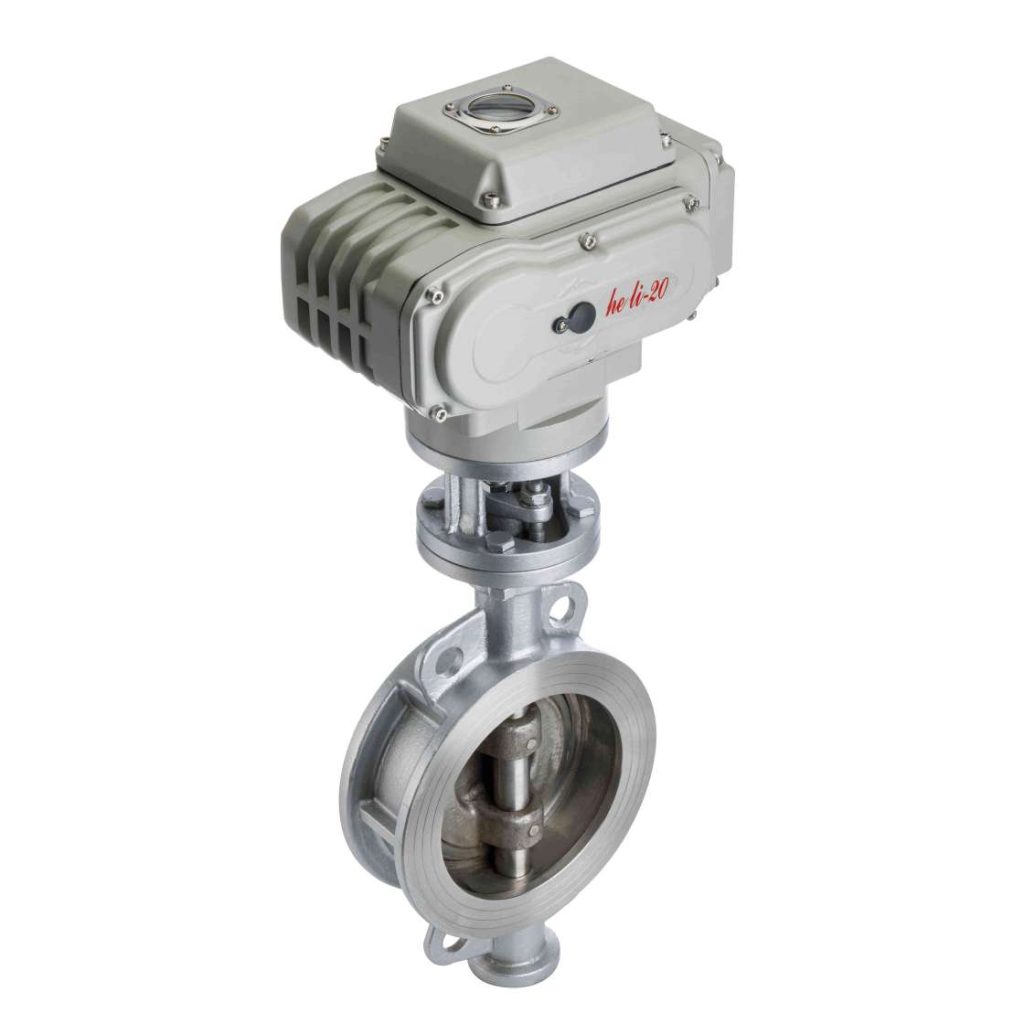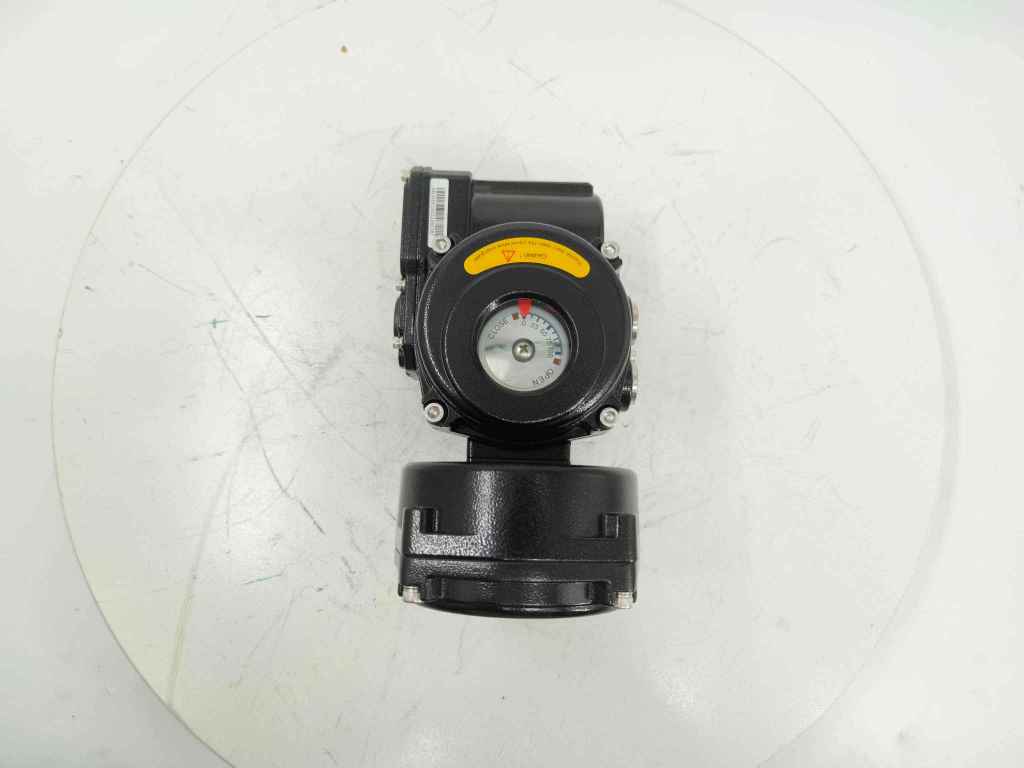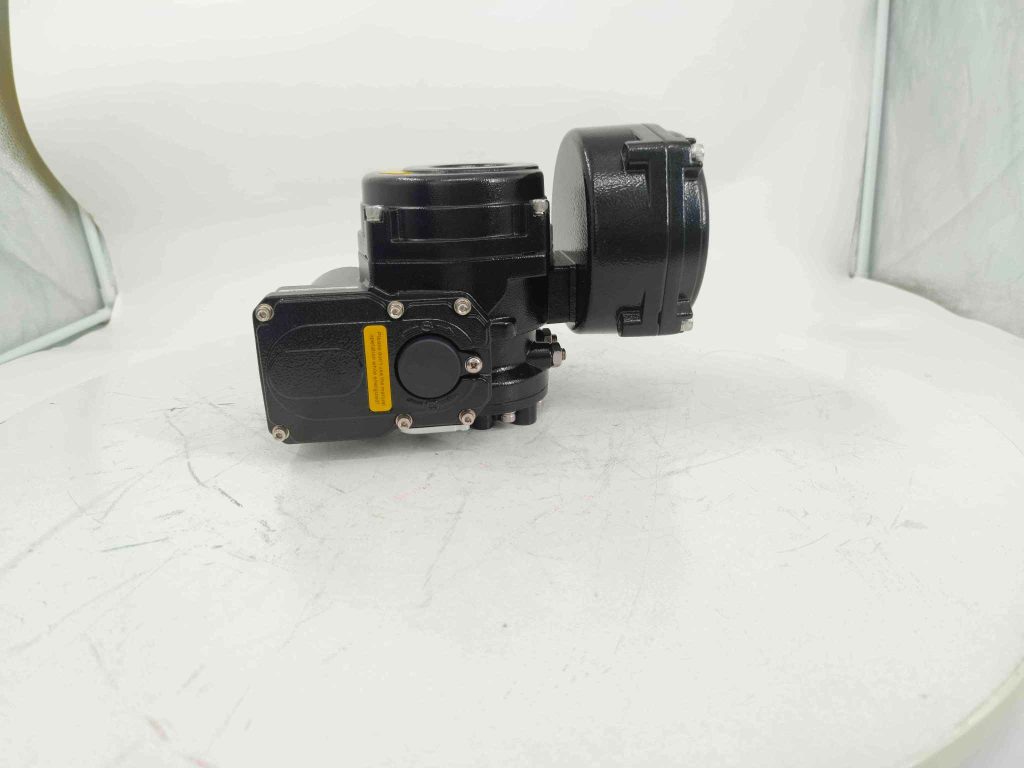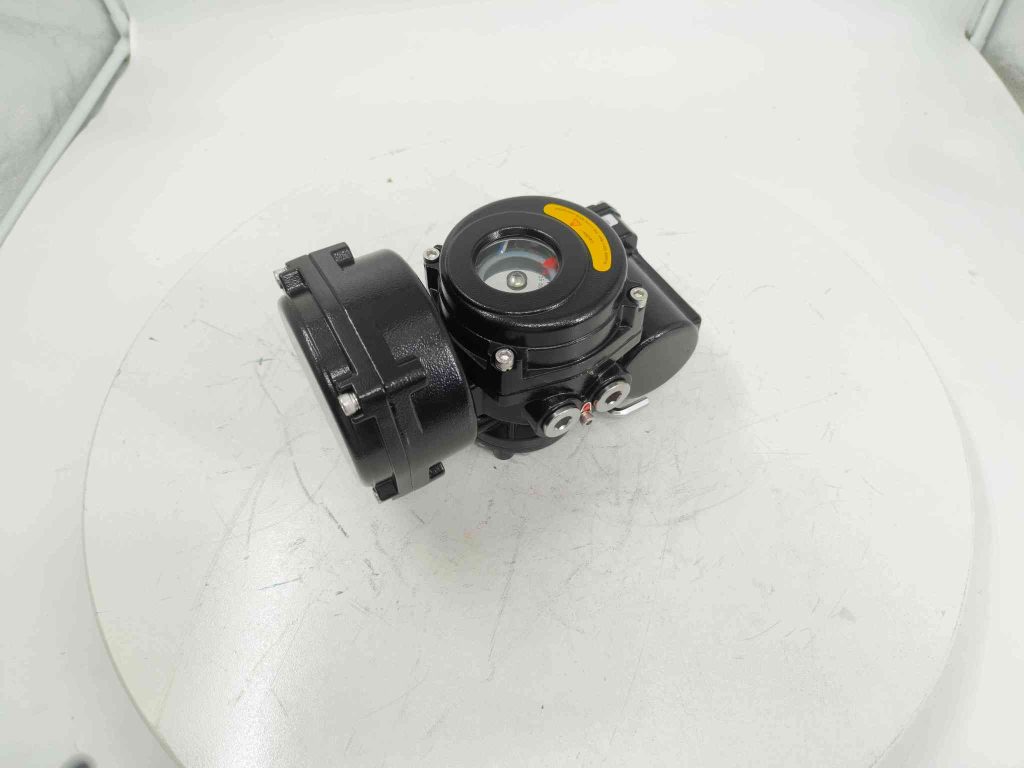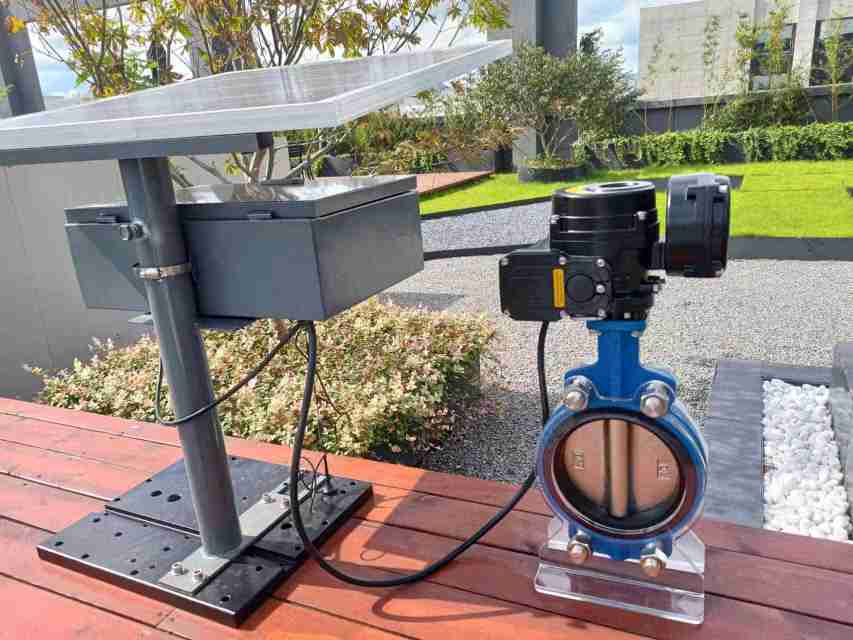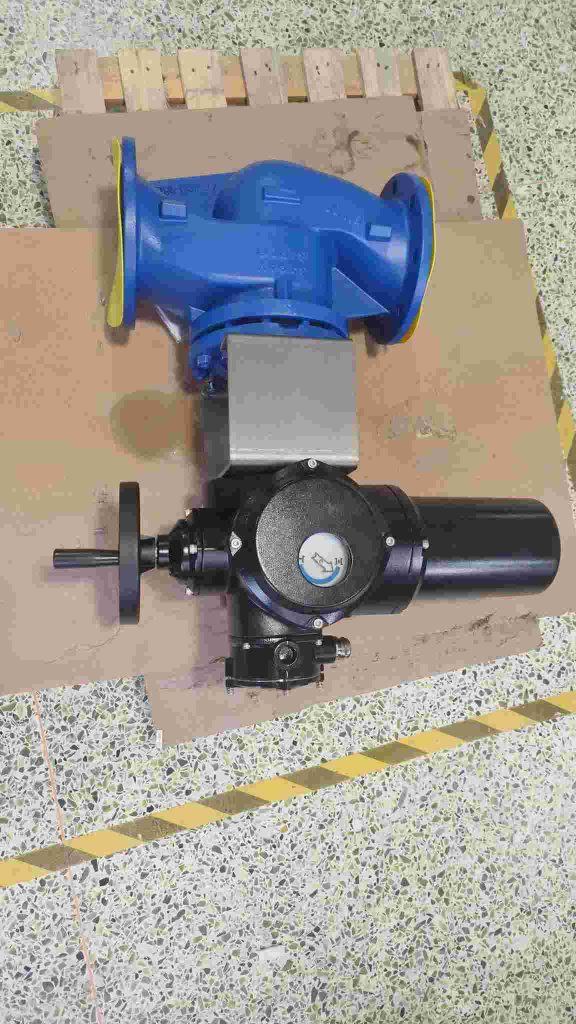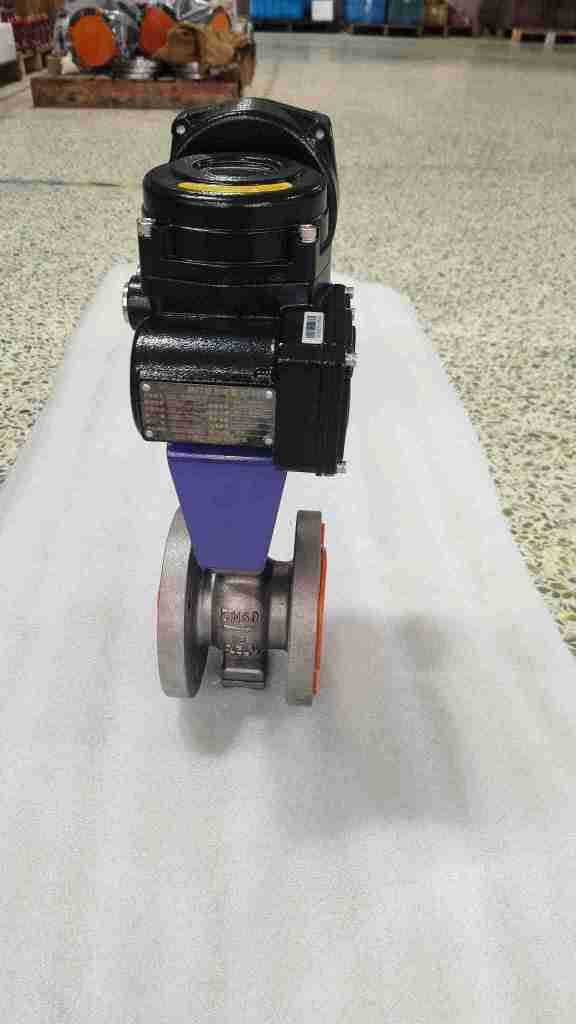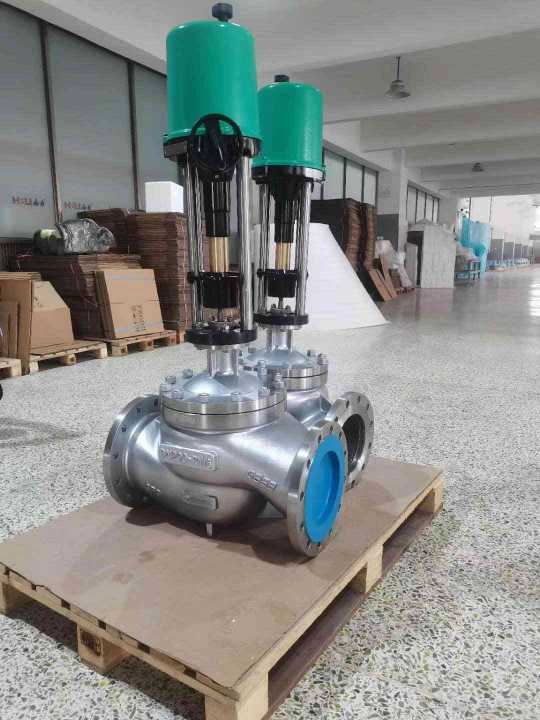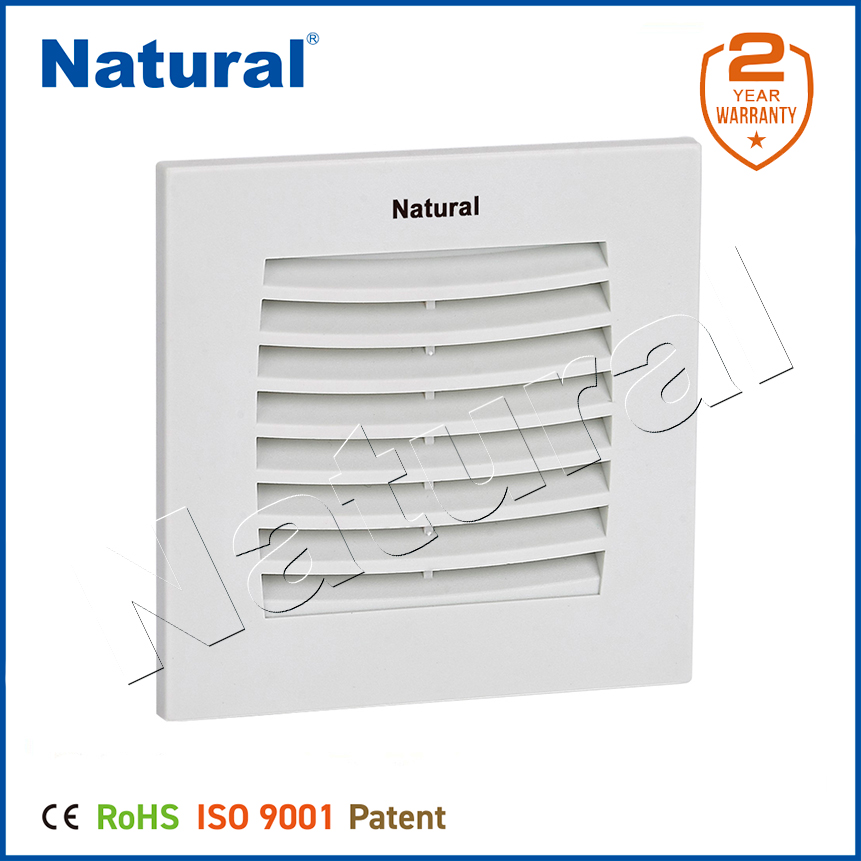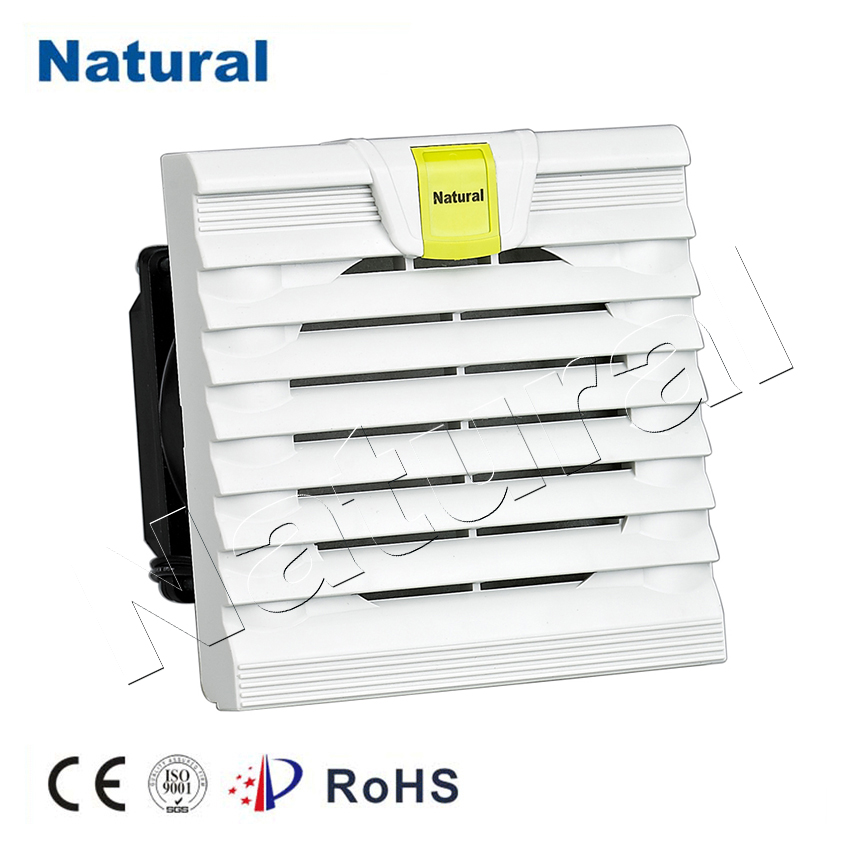The Explosion-proof Electric Three Eccentric Butterfly Valve is an advanced industrial valve designed for high-performance fluid control in hazardous environments. Combining the features of a three-eccentric design, electric operation, and explosion-proof capabilities, this valve ensures both efficiency and safety in industries where flammable, explosive, or toxic substances are handled. In this article, we will explore the working principles, advantages, applications, and key features of this essential component used in numerous industries.
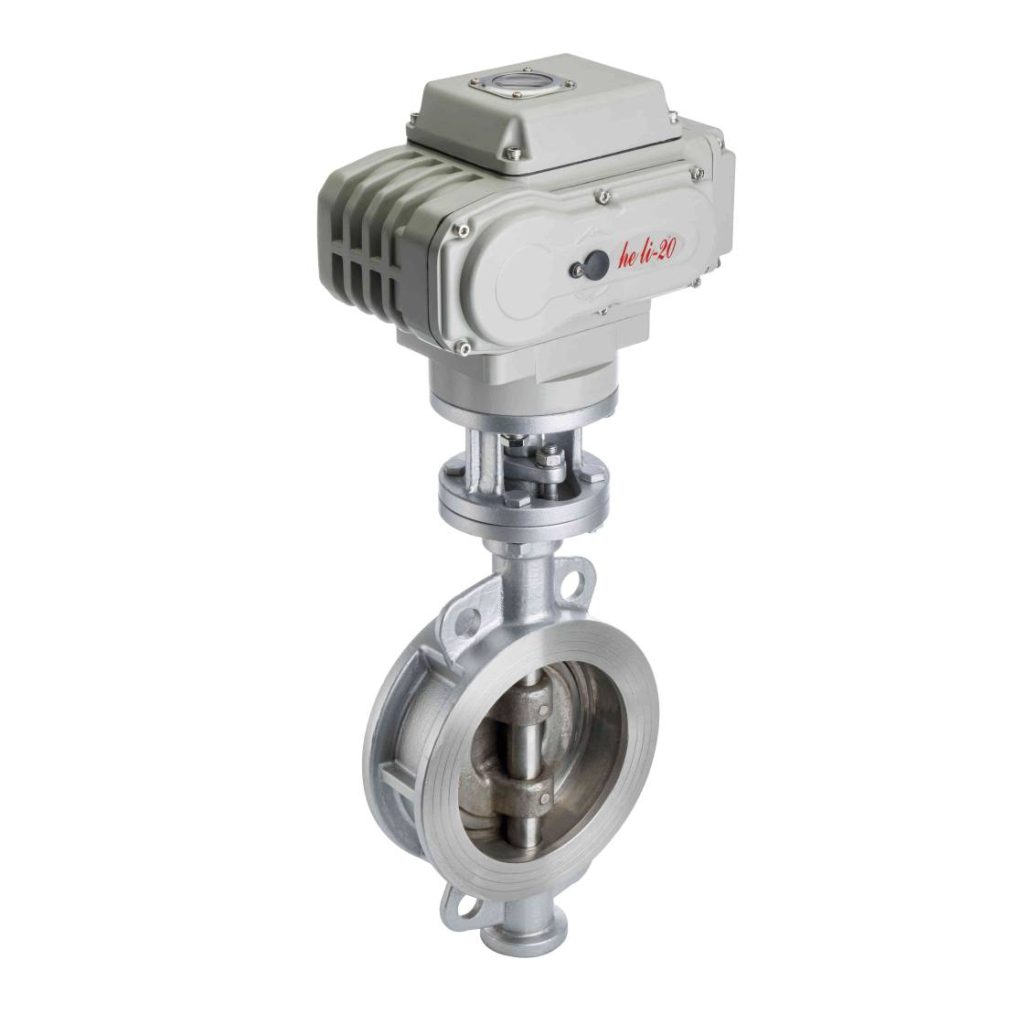
Understanding the Three Eccentric Design
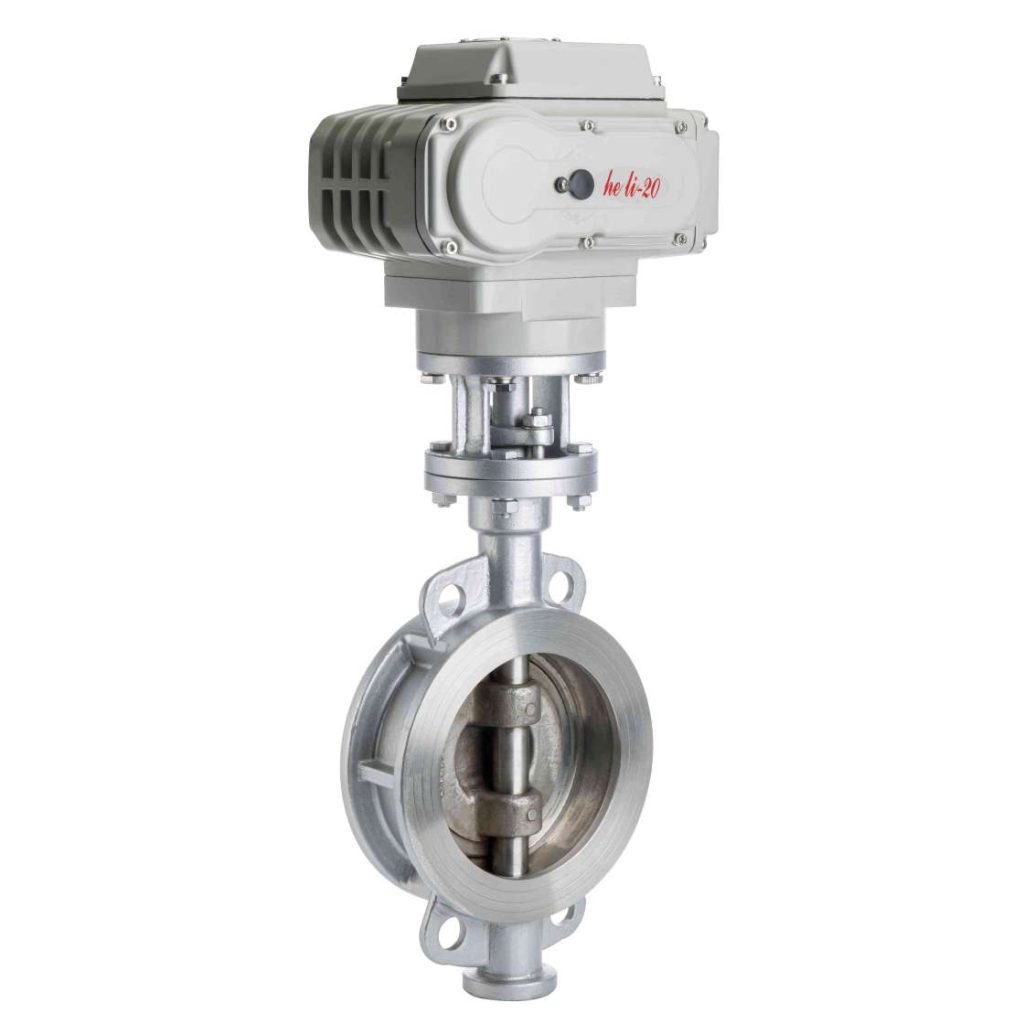
One of the standout features of the explosion-proof electric three eccentric butterfly valve is its three-eccentric design, which sets it apart from traditional butterfly valves. The term “eccentric” refers to the off-center alignment of the valve components, which improves the valve’s sealing ability and reduces friction during operation. This design offers three key eccentricities: First Eccentricity: The offset between the valve body and the valve seat. Second Eccentricity: The displacement between the shaft and the center of the valve body. Third Eccentricity: The difference in angle between the valve disc and the valve seat.
